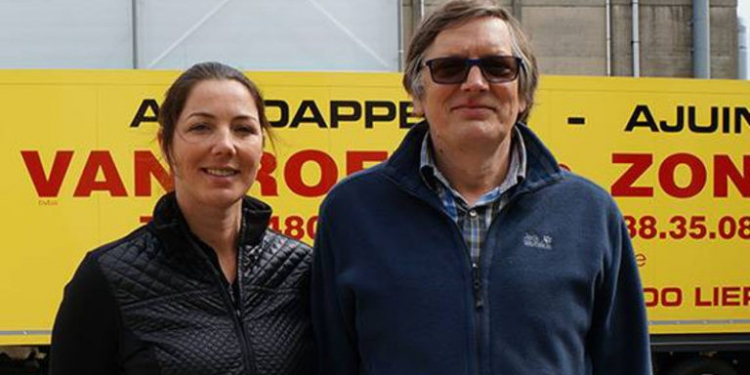From Belgium, Van Roey and Zonen explain how TOMRA has helped its potato and onion sorting business to reduce expenditure and boost productivity. They were seeking for an optical sorting solution, trying to meet the customers’ strict requirements and to reduce the accompanying workload.
Established in 1924, Van Roey and Zonen has grown to become a true family business, in which two generations work to achieve the best quality.
Van Roey and Zonen is a family business specializing in the sorting and packing of potatoes and onions. The company has a particular focus on Bintjes and other waxy potatoes, such as Nicola and Charlotte. They collect their potatoes directly from the farm and manage their own crate storage which enables them to keep a close eye on the entire process. Their potato products are usually washed and sorted and packed in sizes from 2.5 kg to 25 kg.
Jef Van Roey, CEO of the company said: “We are a family business, and as a result we can react swiftly and turn orders around quickly. Because we have been operating for many years, we know the quality of our products inside out, which is a real advantage.”
In the beginning, the company supplied wholesale markets and was also involved in ship provisioning. These days, it mostly supplies supermarkets and wholesalers, who in turn supply supermarkets and/or restaurants.
Jef Van Roey explains: “Six years ago we discovered TOMRA, at that time, we were already using an optical sorting machine, but it had become outdated and could no longer cope with customers’ requirements. The demand is for the potatoes to be more and more attractive, with fewer small blemishes. Also, the size of the potato in the bag must be almost uniform for the consumer. That’s why we decided to look for a new optical sorting machine which could simplify our work, enable us to work more quickly and make the financial picture more attractive.”
Before the business decided to join forces with TOMRA, it consulted with other organizations within the industry, who also recommended a TOMRA machine.
The processors also add that the previous machine only enabled them to sort according to color, but they mentioned that the new solution from TOMRA delivers much better sorting results on the table and greater still in terms of color sorting. Furthermore, they can now sort in three ways: the dark green and heavily damaged potatoes are processed into cattle feed, the light green potatoes, which feature minimal damage are processed into products such as flour, and the best potatoes are now of even better quality – perfect for the table.
Nathalie Van Roey provides an explanation of the installation of the machine: “As part of the installation process, TOMRA provides a two-day training course. Following that we were given a few weeks to practice, before TOMRA returned to provide additional training, or to answer any questions.
They are also satisfied the machine doesn’t occupy a great deal of space. Jef explains: “We didn’t have a huge amount of space available; however, the machine is quite compact so we didn’t have to make too many alterations.”
The installation has had a positive effect on Van Roey’s financial results. According to Jef: “Our production process has been simplified, our capacity doubled and the remaining manual labor made much easier. In the past, we processed between seven and ten tons of potatoes per hour. With the new sorting machine, we can easily handle double that.”








